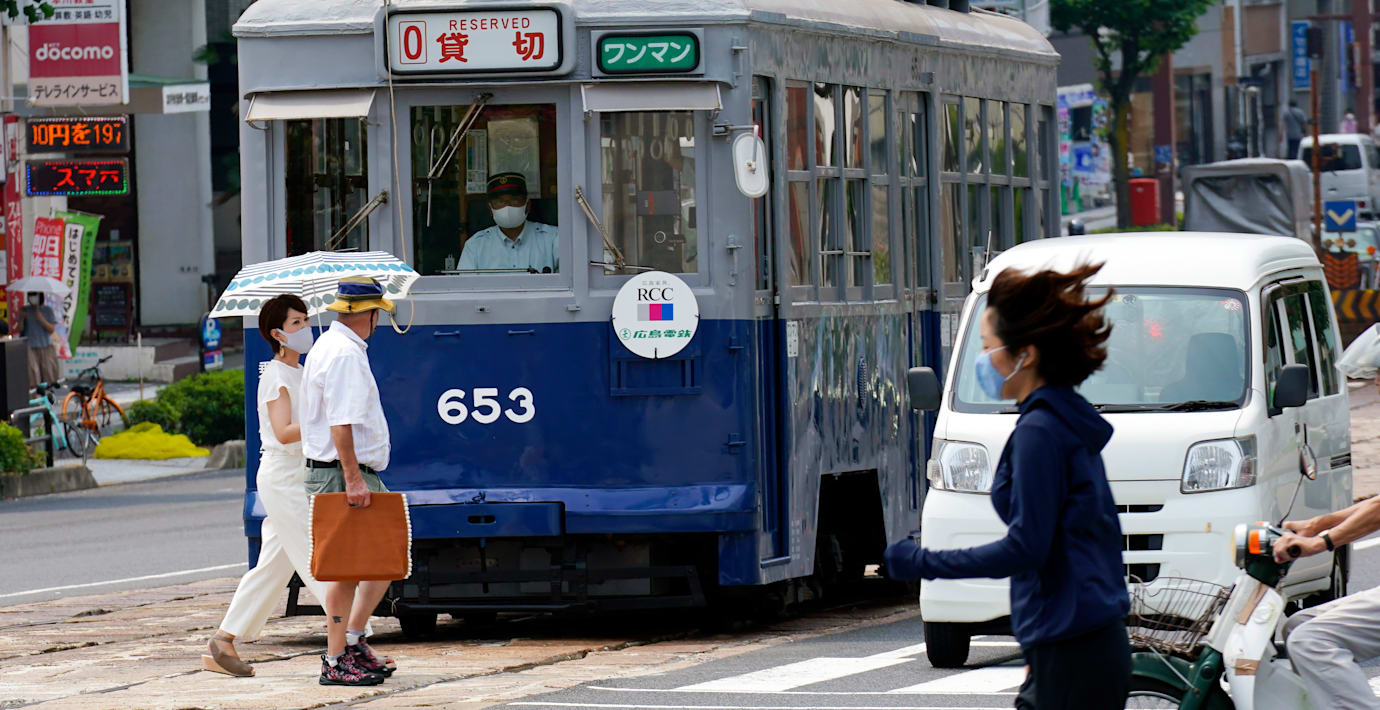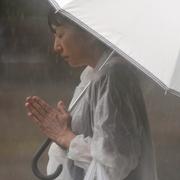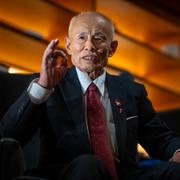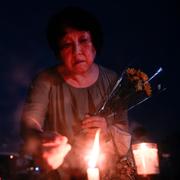
Journalist: Invånare påverkas fortfarande
Invånarna från Hiroshima och Nagasaki påverkas fortfarande i dag av minnet av atombomberna som föll över de japanska städerna för 75 år sedan. Det säger journalisten Yukiko Duke i SVT:s Morgonstudion.
– Om man har rötter från Hiroshima eller Nagasaki så tvekar arbetsgivare om man ska anställa någon för att man kanske har en latent cancer som kan komma fram, säger Duke, som själv kommer från Nagasaki.
Det är i dag 75 år sedan USA fällde världens första atombomb över Hiroshima och dödade 140 000 av stadens invånare. Bomben över Nagasaki fälldes tre dagar senare.
bakgrund
Atombombningarna av Hiroshima och Nagasaki
Wikipedia (en)
The United States detonated two nuclear weapons over the Japanese cities of Hiroshima and Nagasaki on August 6 and 9, 1945, respectively, with the consent of the United Kingdom, as required by the Quebec Agreement. The two bombings killed between 129,000 and 226,000 people, most of whom were civilians, and remain the only uses of nuclear weapons in armed conflict.
In the final year of World War II, the Allies prepared for a very costly invasion of the Japanese mainland. This undertaking was preceded by a conventional and firebombing campaign which devastated 67 Japanese cities. The war in Europe had concluded when Germany signed its instrument of surrender on May 8, 1945, and the Allies turned their full attention to the Pacific theater. The Allies called for the unconditional surrender of the Imperial Japanese armed forces in the Potsdam Declaration on July 26, 1945, the alternative being "prompt and utter destruction." Japan ignored the ultimatum and the war continued.
By August 1945, the Allies' Manhattan Project had produced two types of atomic bombs, and the 509th Composite Group of the United States Army Air Forces (USAAF) was equipped with the specialized Silverplate version of the Boeing B-29 Superfortress that could deliver them from Tinian in the Mariana Islands. The Allies issued orders for atomic bombs to be used on four Japanese cities on July 25. On August 6, one of the modified B-29s dropped a uranium gun-type bomb ("Little Boy") on Hiroshima. Another B-29 dropped a plutonium implosion bomb ("Fat Man") on Nagasaki three days later. The bombs immediately devastated their targets. Over the next two to four months, the acute effects of the atomic bombings killed between 90,000 and 146,000 people in Hiroshima and 39,000 and 80,000 people in Nagasaki; roughly half of the deaths in each city occurred on the first day. Large numbers of people continued to die for months afterward from the effects of burns, radiation sickness, and other injuries, compounded by illness and malnutrition. In both cities, most of the dead were civilians, although Hiroshima had a sizable military garrison.
Japan surrendered to the Allies on August 15, six days after the Soviet Union's declaration of war and the bombing of Nagasaki. The Japanese government signed the instrument of surrender on September 2 in Tokyo Bay, which effectively ended World War II. Scholars have extensively studied the effects of the bombings on the social and political character of subsequent world history and popular culture, and there is still much debate concerning the ethical and legal justification for the bombings.
Omni är politiskt obundna och oberoende. Vi strävar efter att ge fler perspektiv på nyheterna. Har du frågor eller synpunkter kring vår rapportering? Kontakta redaktionen



